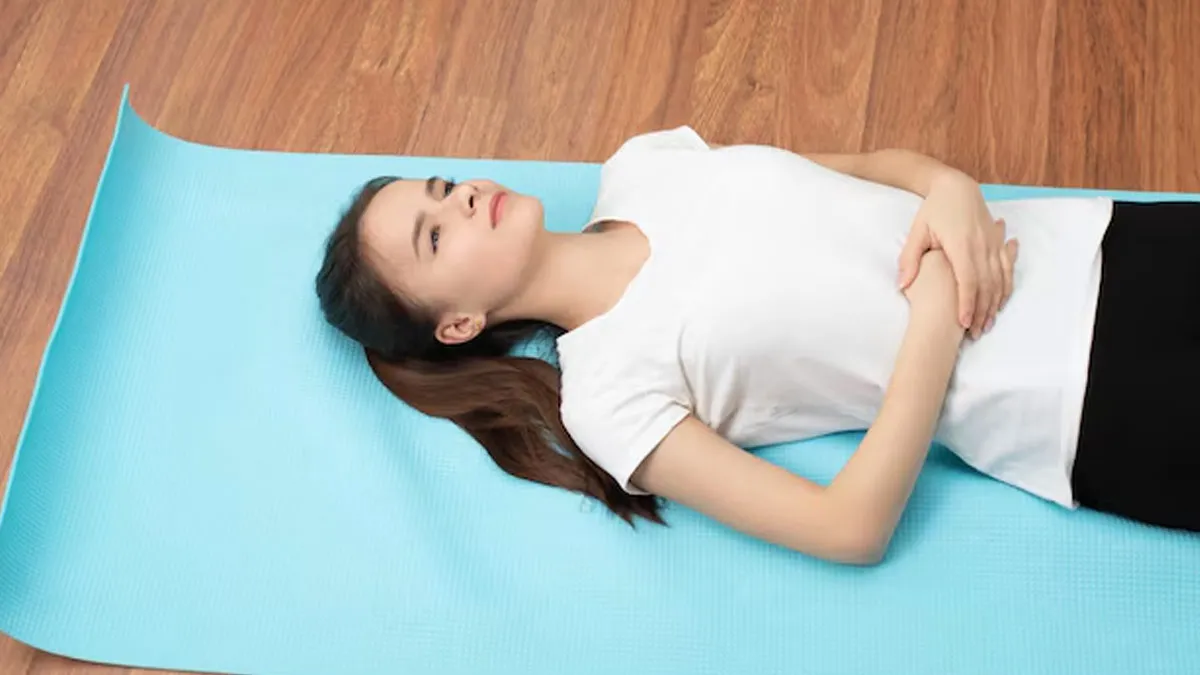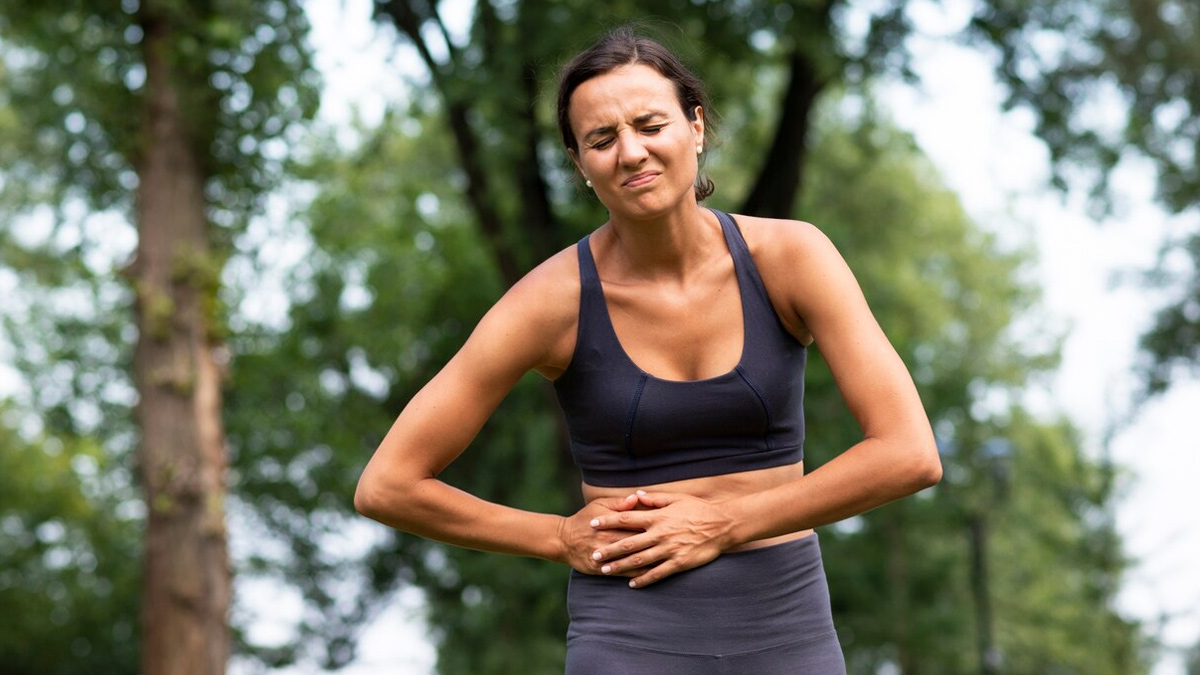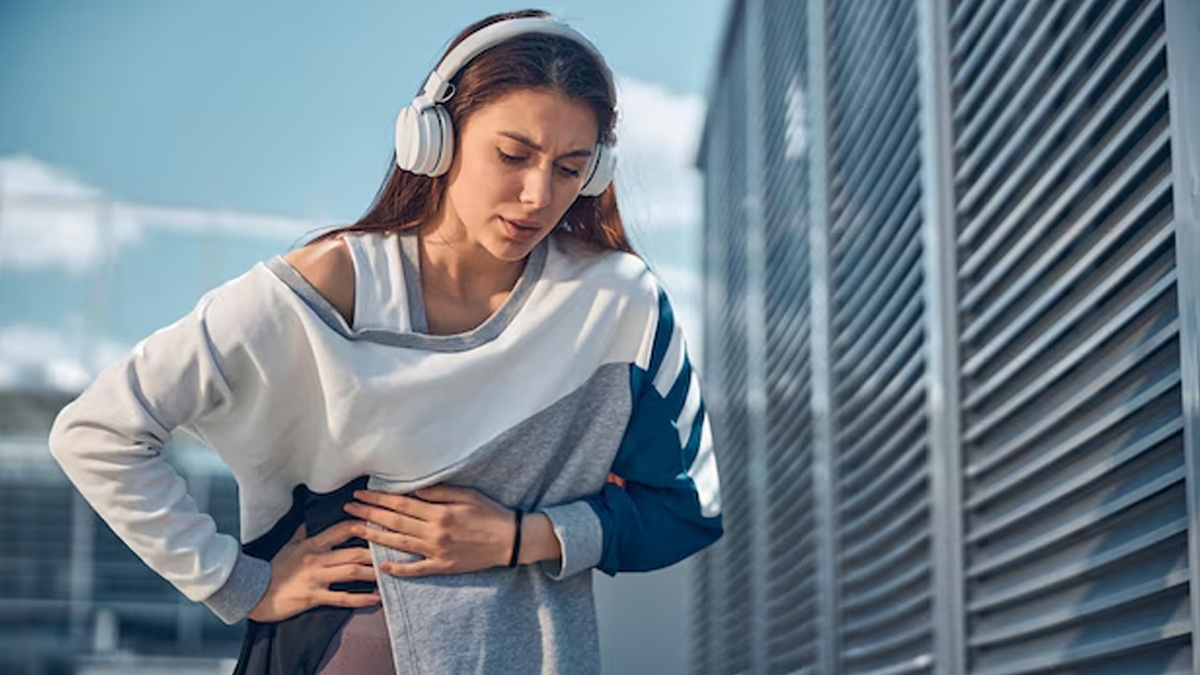
Cramps and muscle aches are a common part of exercising, especially when you're pushing your limits or trying new routines. However, they are often preventable or at least manageable with the right approach. Dr Pramod Bhor, Director of Orthopaedics and Robotic Joint Replacement Surgeon, Fortis Hospital, Vashi, Navi Mumbai, discusses the common causes of muscle cramps post-workout and shares tips to prevent them.
Table of Content:-
What Causes Abdominal Cramps After Working Out?

Muscle cramps, including abdominal pain, can be caused by various reasons. Some of the issues include:
Dehydration: Sweating during a workout leads to fluid loss. Low fluid levels can cause the abdominal muscles (and others) to cramp. It is important to drink water or an electrolyte-rich drink before, during, and after exercise.
Also Read: Warning Signs Of Magnesium Deficiency: Pain Areas That Demand Attention
Overexertion: A sudden increase in the intensity or volume of core workouts can strain abdominal muscles. Microtears or fatigue in these muscles may cause cramping or soreness. Do not overexert yourself at the gym; gradually increase workout intensity and include proper warm-up and cooldown.
Lack of proper warm-up: Not warming up before the workouts can keep them tense, leading to unnecessary cramps. Always warm up before starting any workout.
A 2010 study published in the journal Sports Health suggested, however, that exercise-associated muscle cramps likely result from a combination of factors, including fatigue and neuromuscular dysfunction, rather than just dehydration or electrolyte imbalance.
The study further highlighted that no single theory fully explains why these cramps occur, which is why treatment and prevention strategies often vary in effectiveness. It emphasised the importance of personalised approaches, such as proper conditioning, hydration, electrolyte management, and post-cramp stretching, to help reduce the risk of cramps during or after physical activity.
Foods That Can Contribute To Cramps After Exercise

According to Dr Bhor, certain foods are more likely to trigger cramps during or after exercise, especially if you consume the following:
- Carbonated drinks like soda and sparkling water introduce excess gas into the stomach, causing bloating and cramps.
- Avoid large meals before workouts, as blood gets diverted to muscles during exercise, impairing digestion and causing discomfort or cramps.
- High-fat or greasy foods, examples: fried foods, cheese, junk food, processed food.
“They slow down digestion and stay longer in the stomach, increasing the chance of cramps or bloating during exercise,” the doctor explains.
Also Read: Muscle Cramps After Workout? Expert Lists Effective Ways To Get Rid Of It
Why Hydration Matters
Hydration is extremely important when it comes to preventing muscle cramps. This is because water is essential for proper muscle function, including their ability to contract and relax smoothly. When dehydrated, muscles can become more prone to spasms and cramping.
A 2019 study recommends drinking an electrolyte drink like ORS over plain water to prevent cramps, especially after heavy sweating. An electrolyte drink, on the other hand, helped by keeping sodium and other minerals balanced. The researchers suggest that water alone may dilute electrolytes, making muscles more prone to cramping, while ORS helps maintain the right balance for muscle function.
Tips to Reduce Muscle Cramps After Exercise

To avoid abdominal cramps post-workout, here are some tips to consider:
- Drink water or an electrolyte-rich drink before, during, and after workouts to prevent fluid loss and muscle cramps.
- Increase workout intensity gradually, especially for core exercises.
- Always warm up and do dynamic stretches or light cardio before starting your main workout.
- Avoid heavy, greasy, or high-fat meals before working out.
- Avoid soda or sparkling water before exercise.
- Include gentle stretches and breathing exercises post-workout to help muscles relax and prevent cramps.
- Consider consulting a doctor or fitness expert if cramps persist.
Conclusion
While muscle cramps, especially after a workout, are common, they don’t have to be inevitable. With the right approach that includes hydration, proper warm-up, mindful eating, and gradual training, you can significantly lower your risk of post-exercise cramps. Listening to your body, choosing electrolyte-rich fluids, and avoiding cramp-triggering foods can go a long way in keeping your workouts pain-free and more enjoyable.
Also watch this video
How we keep this article up to date:
We work with experts and keep a close eye on the latest in health and wellness. Whenever there is a new research or helpful information, we update our articles with accurate and useful advice.
Current Version